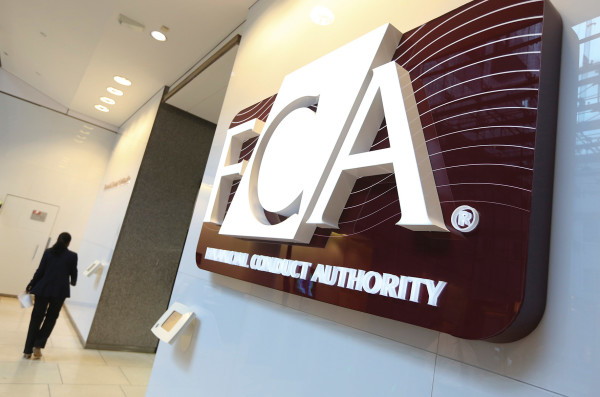
Article 1 / 5
The Guide: Investment TrustsAssets surge to £163bn as trusts keep fees under magnifying glass

Investment trusts – sometimes overlooked by investors pre-RDR – are now continuing to attract interest, with assets under management (AUM) increasing almost £5bn in the first two months of the year.
AUM in the industry sat at £163bn at the end of February 2017, up from £157bn at the end of December 2016, data from the Association of Investment Companies (AIC) shows. This is a £65bn increase from the £97bn recorded at the end of December 2012 ahead of the introduction of the RDR.
Annabel Brodie-Smith, AIC communications director, says: “Industry assets are up £5bn in the first two months of the year which reflects the strong growth of assets due to markets reaching all-time highs. Initial public offerings and secondary issuance from existing investment companies has also contributed to this growth with IPOs raising £155m and £535m of secondary issuance from existing investment companies, which has mainly met the demand for income.”
Investment trusts have many attractions, such as independent boards and lower fees. But with more focus on costs in the wake of the FCA’s asset management study, is there still a clear advantage for the products?
Peter Hewitt, fund manager of the F&C Managed Portfolio Trust, notes there remains continued pressure on fees, including the removal of performance fees as “the need to be competitive with Oeics is huge”.
James de Sausmarez, director and head of investment trusts at Henderson Global Investors, suggests this is mainly due to the industry’s own actions rather than “substantial fee pressure from shareholders”.
He explains: “Open-ended funds are criticised in that report for having a standard 0.75 per cent management fee regardless of asset class or size of fund. In this regard, the investment trust industry is the good guy as there are a multiplicity of fee structures and clear evidence of discount for size.
“Tiering the fee above a certain level is becoming increasingly popular, and I believe investors are more comfortable with performance fee arrangements as long as they have the proper characteristics – low base fee, hurdle, sensible cap and relative performance high watermark.”
Simon Crinage, head of investment trusts at JPMorgan Asset Management, says that as boards continue to keep management fees under the magnifying glass, “the trend of removing performance fees is likely to continue. We may also see more tiered management fees in the sector.”
The other issue on shareholders’ minds could be the higher discounts in some sectors, which has led to some trusts engaging in share buybacks.
Mr Crinage notes: “Discounts have widened, particularly in flexible investment and the US. So far approximately £340m has been bought back, which is broadly similar to last year.”
But Mr Hewitt continues: “The average discount is around 6 per cent, so unless that were to widen buybacks will continue at steady levels. There are of course one-offs like Alliance Trust where there will still be activity. If the market were to fall then we could see a pick-up in buybacks.”
For investors, trusts have plenty of advantages, but these need to be balanced with the outlook for the industry and developing trends.
Nyree Stewart is features editor at Investment Adviser



